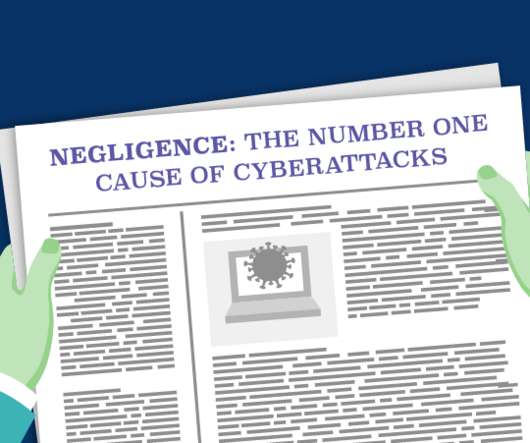Tips for Managing Third-Party Risk in Health Care
Reciprocity
SEPTEMBER 30, 2022
Such valuable data creates immense cybersecurity risks in healthcare. The pain is felt by the healthcare organization when a vendor has an outage because of ransomware or another cybersecurity intrusion. Despite HIPAA regulations, cybersecurity attacks and data breaches targeting healthcare remain a severe and increasing threat.


















Let's personalize your content